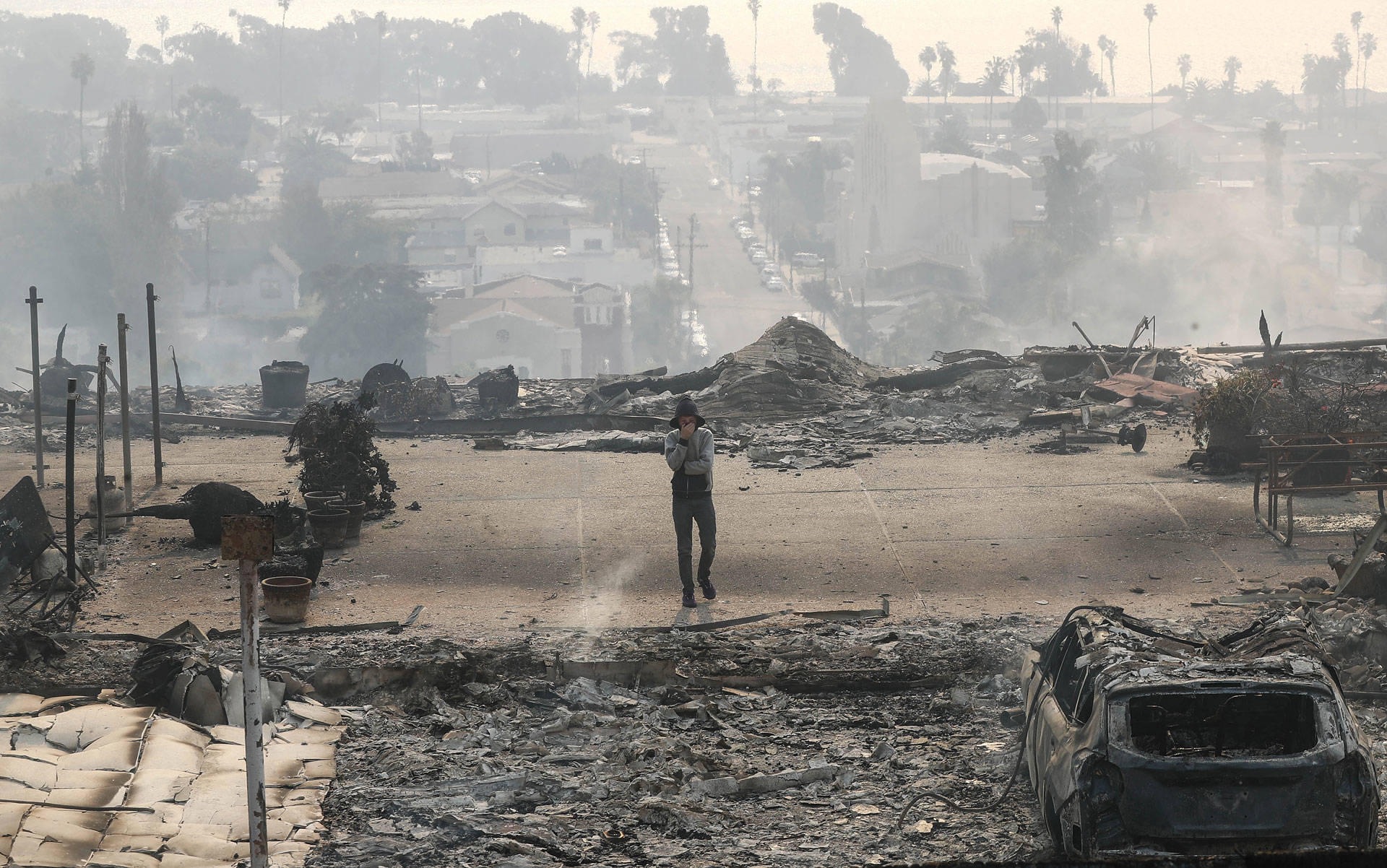Updated Thursday, 10:45 a.m.
Fire crews continue to battle a series of rapidly moving conflagrations in the Los Angeles area -- highlighted by a blaze that erupted Wednesday before dawn near the exclusive Bel Air community and forced the closure of Interstate 405.
That fire, burning in Sepulveda Pass between the San Fernando Valley and L.A. basin, destroyed several homes in one of L.A.'s most exclusive neighborhoods.
Fierce Santa Ana winds whipped up the most destructive of the wildfires on Monday evening. By Thursday morning, the blaze dubbed the Thomas Fire had burned 96,000 acres in Ventura County, northwest of Los Angeles, and was 5 percent contained. The Thomas Fire threatens 15,000 structures, according to Cal Fire.
The fire prompted evacuation orders for about 27,000 people. Cal Fire has said at least 150 structures have burned but added that it expects that number to grow as damage is assessed.

